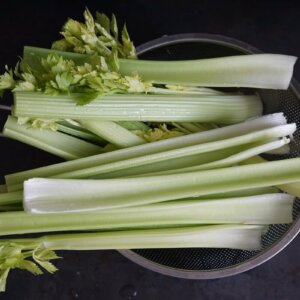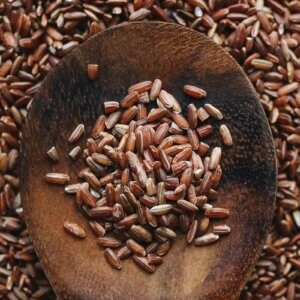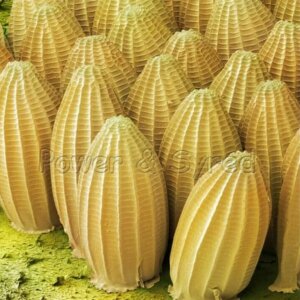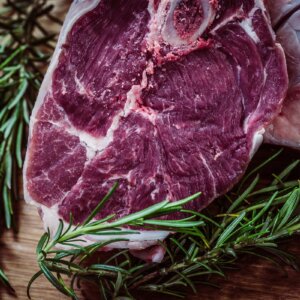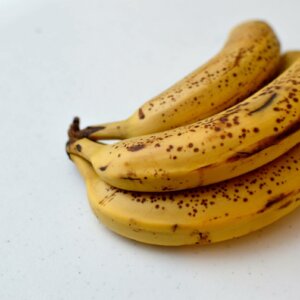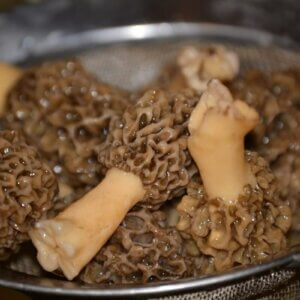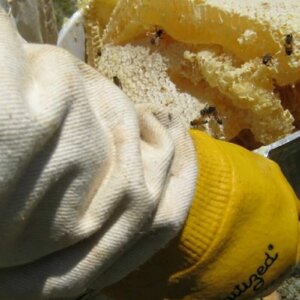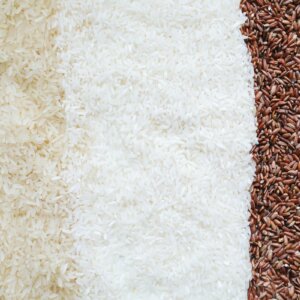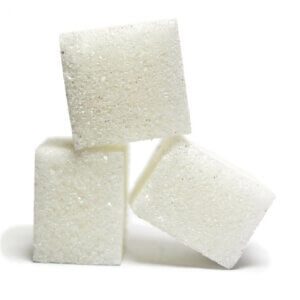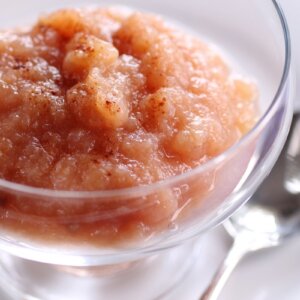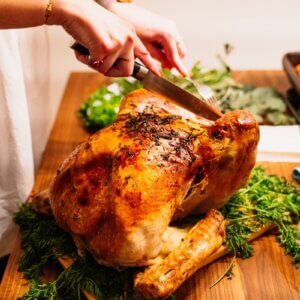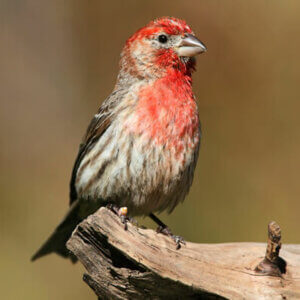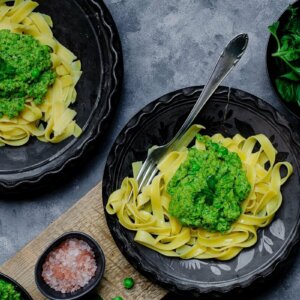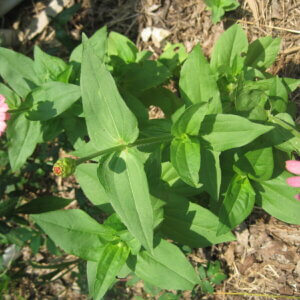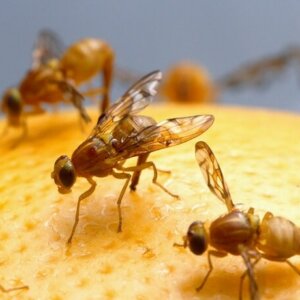- Purpose: Layer
- Eggs: Olive green, light brown
- Egg Size: Large
- Color: Variety
- Comb Type: Single Comb
Kalamata brown, mossy green, pale khaki, and every color in between. No, we’re not figuring out what to paint the kitchen—we’re talking about the green eggs of the Olive Egger chicken.
Not a standardized breed, these “mutt” chickens are a very specific version of the Easter Egger hybrid. Usually the offspring of a bird hatched from a blue egg paired with a bird hatched from a dark brown egg, they lay eggs that look like they’d be perfect floating in a giant martini.
Characteristics
Olive Eggers are unique and individualistic. Purchase a bunch of these as chicks, and prepare yourself for the excitement and anticipation of wondering just how they’ll turn out.
Will they have the tailless rump of an Araucana? Or will they turn out glossy-black and feather-footed, like a Marans? Maybe they’ll have the fluffy chipmunk cheek-muffs and beard of the Ameraucana!
In addition to the joy of finally finding those greenish eggs in the nesting box, seeing your birds molt into their final form is also something to enjoy.
The reason for the wide variation is that there is no single formula for an Olive Egger. Though the “official” parentage for a first generation Olive Egger is said to be a Black Copper Marans rooster to a Ameraucana hen, even the chicks you buy at a hatchery may be of more mixed ancestry than that! Usually, some proprietary blend of Marans, Welsummers, Legbars, and Ameraucanas are used with the hopes to create the richest olive-toned eggshell.
If you yourself are ready to get your mad scientist hat on, the world of breeding for dark browny-green eggs is bigger and more complicated than you may believe. There are generations of genetic fun to be had if you are in the mood to create your own olive-hued egg palette.
To overly simplify, if you have some chickens with the Aurcana’s blue egg-laying gene—such as Legbars, Easter Eggers, Ameraucanas, or Araucanas—and some chickens who produce a tinted or brown egg, you have all you need to start mixing up your own birds.
The range of colors that can be produced from these experiments can range anywhere from a light khaki to that deeply desired army green.
The community of folks messing around with egg colors is wide and welcoming. You can find lots of supportive information for your backyard experiments, like this very detailed chart of egg “lineages” and color potentialities.
You Never Know What You’re Going to Get
Olive Eggers are a designer breed. Like the Goldendoodle dog, they don’t breed “true.” This means that the chicks that hatch from your olive-hued eggs may display any number of traits from their varied grandparents and may even lay different colored eggs than their mothers. Additionally, their own offspring will, accordingly, display the same variety of traits.
As a non-APA standardized breed, they also can’t be shown at poultry shows. Their appearances are so varied, what could the judges possibly choose as the “right” proportions?
What’s the Yield?
Given their widely mixed ancestry, these cross-bred chickens are like the proverbial box of chocolates. You really never know what you’re going to get until you see it for yourself. Therefore, determining how many eggs they’ll produce per year, how heavy they’ll get, or how long-lived they’ll be is difficult to impossible! If you’re game for the adventure of the unknown, however, these chickens will be fun to discover.
Overall, it seems that an Olive Egger having a good year may produce somewhere over 150 large eggs a year. They can grow to around 6-7 pounds, depending on their breeding, but may be suitable for meat as well.
Though Olive Egger personalities are also a roll of the dice, the general consensus is that they are very friendly and personable. They are also hardy and tolerant of a wide range of climates. Like a mutt dog, they have the benefits of a diverse genetic pool to give them better vitality than many of their purebred coopmates.
Sam-I-Am’s Favorite
Olive Eggers aren’t the only chicken breed that can produce green eggs. The Swedish Isbar chicken produces lovely, minty-green eggs. Combining the Isbar with a brown-egg layer can also produce what may be considered an Olive Egger.
As an additional note, some breeders have even created autosexing Olive Egger varieties. Check out this breeder’s page for information on their sexually dimorphic hybrids of Welbar and Cream Legbar chickens.
Pictures Of Olive Egger Chickens
Resources
- Getting to Know Olive Egger Chickens, Countryside Daily
- Olive Egger, My Pet Chicken
- Marans + Ameraucanas = Olive Egger Chickens, Fresh Eggs Daily
- Olive Egger, Backyard Chickens
- Olive Egger Chickens, Purely Poultry
- Olive Eggers, Hand Me Down Farms
- Araucana, Ameraucana or Easter Egger (Olive Egger, Rainbow Layer): What’s the Difference?, Grit
- Olive Eggers, Papa’s Poultry
- The Olive-Egger thread!, Backyard Chickens
- Olive Eggers, Just Fowling Around
- Mixing Chicken Breeds For Egg Color, The 104 Homestead
- Isbar, Greenfire Farms
- Chicken Help, My Pet Chicken
- Olive Egger, Fowl Play Chickens
- Olive Egger, Chicken Ridge Farm
- Olive Egger Breeding Chart

